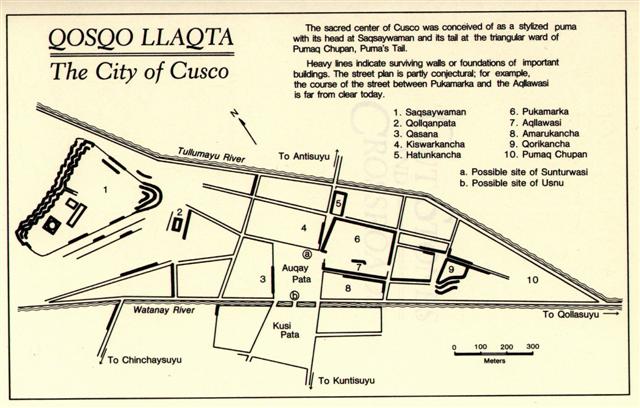Precession had pushed the stars ahead in the Sun calendar and once upon a time they would have been positioned at other cardinal points earlier in the year. At present the 'stone bowl' (taheta) - as represented by α Crateris (Al-kes, the Shallow Basin) - was in day 245 (September 2), but in the Bharani time-frame its heliacal date would have been "July 23 (245 - 41 = 204):
Kiore. Rat. Vanaga. Rat, mouse; kiore hiva, rabbit. P Pau., Mgv.: kiore, rat, mouse. Mq.: kioē, íoé, id. Ta.: iore, id. Churchill. ... In China, with Capricornus, Pisces, and a part of Sagittarius, it [Aquarius] constituted the early Serpent, or Turtle, Tien Yuen; and later was known as Hiuen Ying, the Dark Warrior and Hero, or Darkly Flourishing One, the Hiuen Wu, or Hiuen Heaou, of the Han dynasty, which Dupuis gave as Hiven Mao. It was a symbol of the emperor Tchoun Hin, in whose reign was a great deluge; but after the Jesuits came in it became Paou Ping, the Precious Vase. It contained three of the sieu, and headed the list of zodiac signs as the Rat, which in the far East was the ideograph for 'water', and still so remains in the almanacs of Central Asia, Cochin China, and Japan ...
Day 204 ("July 23) was 120 days later than day 84 - the Julian date for the northern spring equinox. And "July 23 was 61 days before the autumn equinox (265 = 84 + 181 = 181 + 84). South of the equator, as on Easter Island, this would therefore have corresponded to day 61 before day 84 = "January 23 (= 84 - 61). The precessional distance down from the time-frame of Bharani to that of the Bull was *64 - *41 = *23 right ascension days. I.e., at the time of the Bull the heliacal date of Alkes would have been JUNE 30 (181 = 204 - 23), and therefore at the time of the Bull also Sirius would here have risen together with the Sun.
The empty vessel held up in front of the Emperor of China was surely the Crater constellation, and by aiming at Sirius (up in his water pool) he intended to bring sweet water down - as when in Egypt the Nile was refilled by Sirius when this greatest of stars returned to visibility. ... The Sothic cycle was based on what is referred to in technical jargon as 'the periodic return of the heliacal rising of Sirius', which is the first appearance of this star after a seasonal absence, rising at dawn just ahead of the sun in the eastern portion of the sky. In the case of Sirius the interval between one such rising and the next amounts to exactly 365.25 days - a mathematically harmonious figure, uncomplicated by further decimal points, which is just twelve minutes longer than the duration of the solar year ... ... In ancient Egypt they thought Sirius was behind the yearly rise of the Nile ... the seasonal cycle, throughout the ancient world, was the foremost sign of rebirth following death, and in Egypt the chronometer of this cycle was the annual flooding of the Nile ... ... Pliny wants to assure us that 'the whole sea is conscious of the rise of that star, as is most clearly seen in the Dardanelles, for sea-weed and fishes float on the surface, and everything is turned up from the bottom'. He also remarks that at the rising of the Dog-Star the wine in the cellars begins to stir up and that the still waters move ... ... This means Sirius 'walked hand in hand' with the Sun when he gradually preceded the equinoxes and the solstices in relation to the basic structure in the background. At the time of rongorongo Sirius rose heliacally in June 30 and likewise, it could be calculated, had Sirius risen with the Sun in day 181 in the Golden Age of the Bull, 64 precessional days earlier. In a Sun calendar Sirius stood firm like a pillar and on Easter Island one of the names for this star was Te Pou (column, pillar, post) ... The Explorers stayed for a week in Hanga Takaure and for 5 days in Hanga Hoonu. 7 + 5 = 12. Then they reached Rangi Meamea in the following day. 168 (= 2 * 84 = 24 weeks) + 13 = 181 → Sirius together with Alkes at the Full Moon according to the time-frame of the Bull. However, up in the night sky they would have perceived how it seemed to be Leo (not Sirius) who was letting his water:
|
|||||||||||||||||||||||||||||||||||||||








